A career in defence is considered to be one of the most challenging, adventurous and prestigious experience one can obtain in life. The allure of serving the nation, while living a life of respect and honour, is what drives thousands of young men and women to put their best feet forward and join the defence forces. Being one such aspirant, I applied in the Indian Coast Guard for the position of Assistant Commandant (Pilot Officer-General Duty) in November’14.
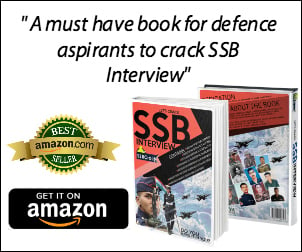
ICG is the fourth arm of India’s defence forces, and works in close collaboration with the Indian Navy, Department of Fisheries, Customs Department, and the State and Marine Police Forces. The method of selection for ICG is more or less similar to the SSB of Army, Navy, or Air Force, with only minor variations. Instead of SSB, you have PSB (preliminary selection board) and FSB (final selection board). In this article, I’ll tell you about PSB in detail. I appeared for PSB on 5th Jan’15 at ICG HQ- Mumbai (Worli), and was successful in clearing it. This is my first attempt at any defence exam.
My purpose of contributing this article is to help out other aspirants who are going to appear for PSB in the future. While preparing for my own PSB, I searched a lot for information on the World Wide Web but it was scattered and varied from place to place. Some websites mentioned something, while others mentioned the complete opposite. So with this article, I have tried to clear all the confusions and present the details in a pristine manner, from the view point of an aspirant.
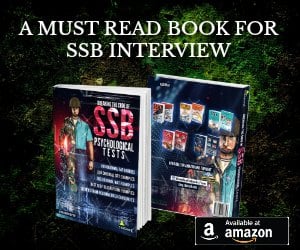
Coming to the point, PSB consists of 3 major rounds-
1) Documents verification: This is as important as all other rounds in my belief. I saw deserving candidates having to return without even entering the exam hall just because they forgot to bring one single document. Collect all the needed documents and get them attested as soon as you get your admit card. Don’t wait till the last day. Who knows, you may find something missing. Starting out early will help you find and collect everything and obtain duplicates if it’s needed.
Our verification process began at 8 AM sharp, as was mentioned in the admit card. The officials at the recruitment centre check every single detail very carefully. The slightest mismatch means you are out. Ensure that all your documents have the same name, DOB etc written on them. For example, if your 10th mark sheet mentions your name as Raj A. Kumar, but on 12th mark sheet its written Raj Kumar only, questions will be raised over it. There should be uniformity of details across all your documents.
The advertisement clearly mentions all the documents that need to be presented on the day of your exam. Read it carefully. Get 2 photocopies of each document, and make two sets of it. All documents in one of the set need to be attested by a gazetted officer. Your passport size photo should not be older than a few weeks. The process of verification takes around 15-20 minutes per candidate depending on number of applicants. If all your papers are in proper order, you get the stamp of approval on your admit card and go on to the next round, which is the written round.
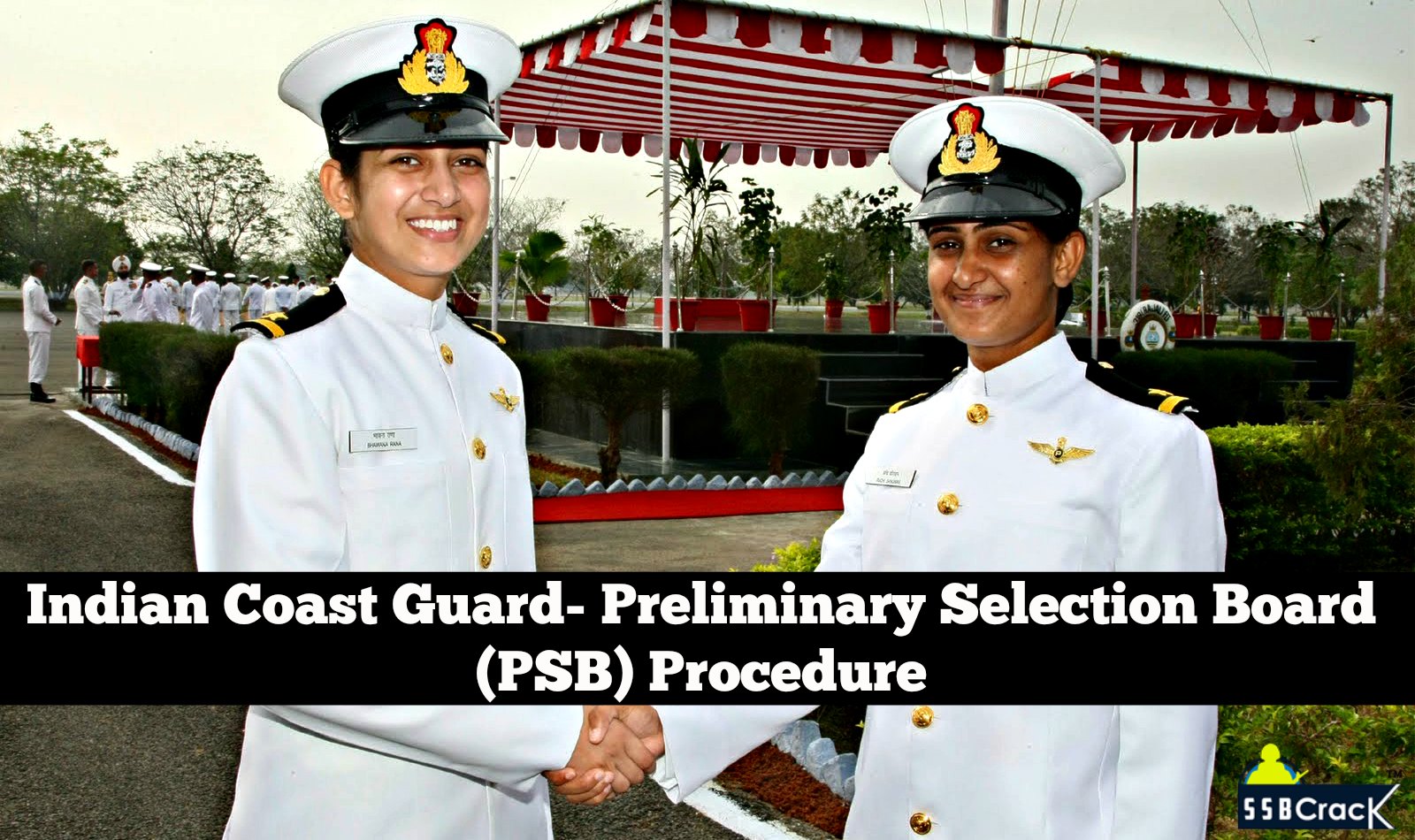
2) Written round or OIR (Officer Intelligence Rating)Test: It consists of basic mental ability and aptitude questions. 1 hour of daily practice for one month is enough to clear it. ‘Popular Master Guide for ICG-Assistant Commandant’ by R Gupta is a good book for practice. The book can be bought from Flipkart and it covers all the topics with plenty of questions. If after solving all these questions you need even more practice, you can go to indiabix.com. They have hundreds of questions for every mental ability topic under the sun. You are not allowed to take your bags and specially cell phones inside the exam hall. In case you bring your phone inside by mistake, inform the nearest officer immediately and hand it over to him/her.
Coming to the test, it has 80 questions in all which you have to solve in just 30 minutes. Now the challenge is, you are not given a question paper. Instead, the questions are displayed by a projector on a board at the front of a large hall. There are 5-6 options for each question.
You will be given an OMR sheet to mark your questions. Enter your details on the sheet carefully. The examining officer will then proceed to chat a little bit and tell you a about ICG to break the ice and make you feel at ease. He or she will tell you all the details very carefully and ask you multiple times if you have any doubts. After that, the test starts.
There are 7 rounds in the test with each round having a different set of question. I have mentioned below the details of each round (taken from a previous article on SSBCrack as it is totally accurate)
- In section 1st: 5 series completion questions and 5 blood relation questions are there. You are provided 60 seconds for each questions which means after 60 seconds, the next question will be on screen and you will not be able to get back to it if you are not quick enough. Same thing applies throughout the test.
- In section 2nd: 5 synonym and 5 antonym questions. Number of questions is 10 and each question is shown for 5 seconds.
- In section 3rd: spelling mistakes or to find correct word. 10 questions each given 8 seconds.
- In section 4th: memory test- in this a number or word is shown to you for 4 seconds and it will disappear and in next 4 seconds options will be shown you need to mark what you have seen. 10 questions and 8 seconds are given for each. Length of word increases as test moves further.
- In section 5th: question on how many words can be formed using alphabets of a given word with some given constraints. 10 questions are there with 60 seconds for each question.
- In section 6th: rotation (clockwise/anticlockwise by a specific angle) + mirror image, 10 questions are there and 20 seconds for each question.
- In section 7th: there will be 20 in total. 12 questions on counting the occurrence of a digit or an alphabet in a given array of digits or alphabets. And for these 10 seconds are given to each question. Example:”BJDGWERYERYTTTJSTTDFGRZASERT”. In the above series, find the number of “T”. The answer is “6”
- Remaining 8 questions are puzzle type questions in which an object like tomato or cat is shown in scattered pieces and you need to identify what the object is? For these questions you are given only 3 seconds each.
A very useful tip to get through this round is, sit as close to the projector screen as possible. Try to get a seat in front or the middle of the hall. DO NOT sit in the last rows, especially if you have glasses. I made the huge mistake of sitting in the 3rd last row with the result that I couldn’t see a lot of questions clearly. It’s not that my eyesight is week, but the screen is simply too far out and the font is not big enough to be legible from the last rows. Many people sitting around me failed to clear the test simply because they couldn’t see the questions! After a few questions they simply gave up in frustration. Once the test starts, you cannot change your seat.
Another important tip is to circle the correct option in your OMR sheet quickly. A lot of people did not fill in the circles during the test, opting instead to just put a dot there and hoping to fill them in later. It is the biggest mistake that can be made. You will not get even 10-15 seconds after the test gets over before your sheet is taken away from you. Personally, I believe that in this round, the speed at which you can circle your answer is as important as knowing the correct answer.
Remember- this test is all about how quickly you can think and respond. Hence, such less time is given. Use only a blue or black pen. Opt for an ink pen or a gel pen as its ink spreads faster than that of a ball pen, making it easier to circle the options.
The questions are not repeated. So if you miss a question or forget to see the options, it’s gone and never coming back. Many people circled the wrong option in a hurry or due to nervousness. Do not make such a silly mistake. Do not try to cheat, or ask your neighbour for answers. The examining officer is an expert and has hawk eyes that can spot you no matter where you are sitting. If caught cheating, you will be thrown out faster than you can say, ‘’Sir main to bas pen maang raha tha!’’
After the test got over, we had to wait for the result for around 1.5 hours. Provisions for lunch and snacks were made in the meanwhile in the waiting area. Finally, the results were declared and out of the 80 people in our batch who gave the test, 33 cleared it (16 girls and 17 boys). We were then allotted ‘chest numbers’ from 1 to 33, and waited for our turn for the next round, which is PPDT.
3) PPDT (Picture Perception and Description Test): This test is all about how you perceive a situation and how you express it. We were divided into two groups, one comprising of 16 girls and the other comprising of 17 boys. Then we were taken to a small auditorium and made to sit in increasing order of chest number. The officer present had a small QnA session with us. He asked how many candidates out of 33 were repeaters and how many freshers. It turned out that most were repeaters and only a few were freshers. After that, we were told the rules for PPDT. An image is shown on the projector screen for 30 seconds, and after that we are given 4 minutes to write a story on that. I’ll not go into the details of this round as everyone is pretty much aware about them. The main things that should be kept in mind while attempting the test are:
- Observe the picture carefully for the entire 30 seconds duration
- Observe the number of characters, their gender, mood and age very carefully.
- Do not use flowery English, it carries no extra marks. Write a simple, clear description mentioning all the details.
- Write a positive story. Even if the situation shown in the image is negative, try to show how it ended in a positive way.
As soon as your 4 minutes of writing time is over, you have to submit your sheets and wait your turn for the discussion round. The batch of 16 girls went first in first and we waited for around 45 minutes till their discussion got over. We were then directed to another room and once again sat in increasing order of chest numbers from 17 to 33 in a semi-circular manner. There were 3 assessors in the room, all senior officials each having years of experience. They explained the rules to us, and asked us to read our stories for revision from our sheets that had been kept there before we arrived.
After about 1 minute, the discussion started. Each candidate was given about a minute to explain his perception of the picture. As soon as the last candidate was done speaking, the actual discussion began. But it was more than a discussion; it was oral war! Everyone was shouting to get his point across. I don’t think anyone spoke for more than 5 seconds continuously, because he was constantly interrupted by some other candidate.
The ultimate purpose of this round is to come to a common conclusion. Around 10 minutes into the discussion, a common story started forming through inputs provided by everyone. By now, the intensity of screams had also decreased as every single guy’s throat was sore from shouting. At the end of 15 minutes, one of the officers asked us who would like to give a concluding statement about the picture. I raised my hand and got the chance to speak, quickly summarizing the discussion that had just taken place. The officer thanked us all and asked us to sit in the waiting area for results.
This time the results were announced quickly, within 15-20 minutes, as there were only a few candidates. Out of the 33 who gave PPDT, 13 cleared it including myself. So in the end, only 13 out of 80 people in our batch made it to FSB. The mood was jubilant all around. The 13 of us were taken to a different area where all our documents were verified once again from the beginning. Our photograph and fingerprints were taken for later verification at FSB Noida. At around 5 PM, after almost 10 gruelling hours of suspense, we thanked the officers and exited the Coast Guard HQ, knowing that the tougher part still lay ahead of us. Now I’m waiting for dates of FSB, to be held at Noida. The excitement is palpable, and the uncertainty as to what will happen is torturous. But what makes it all worth it, is the dream of seeing oneself in that crisp white uniform, proudly serving the country and living a selfless life.

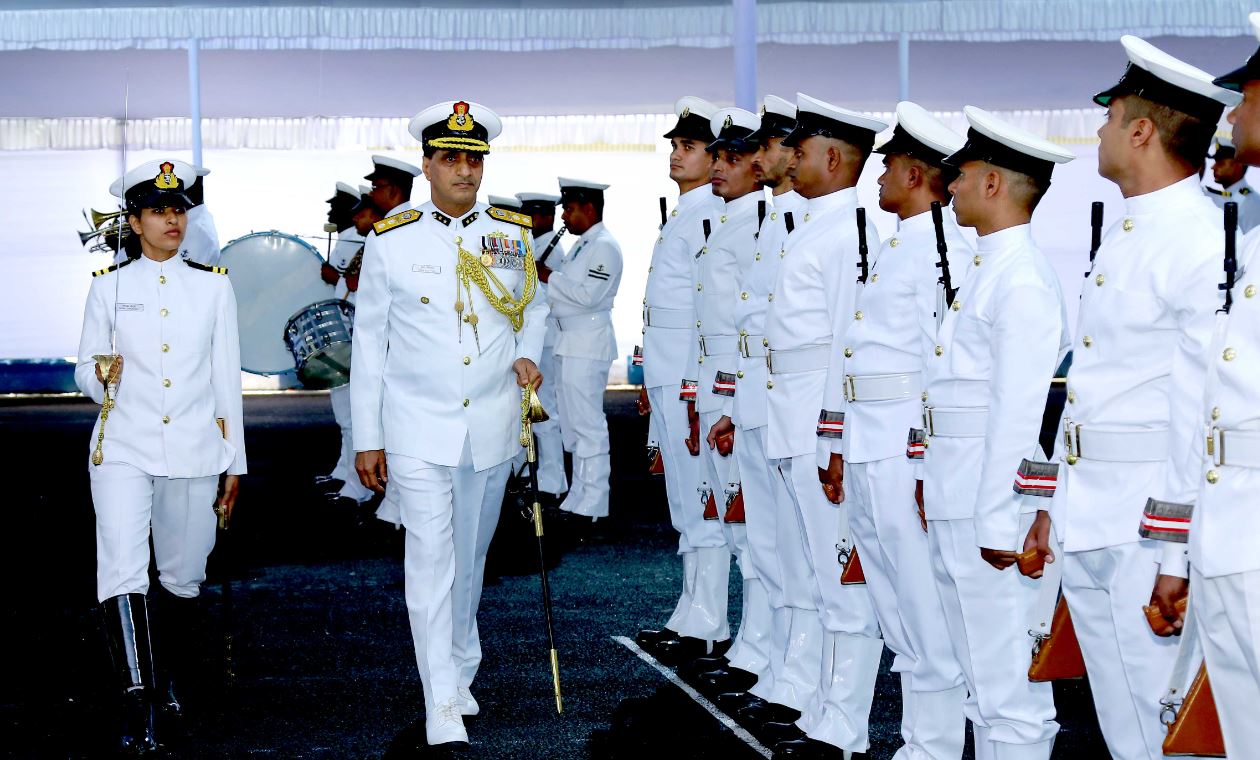

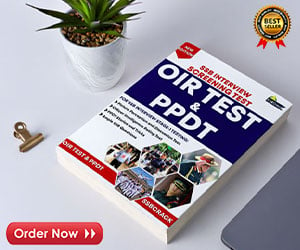
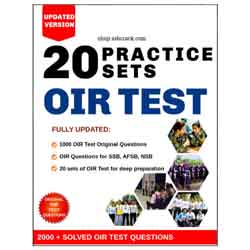
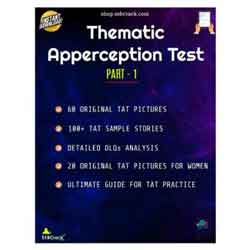
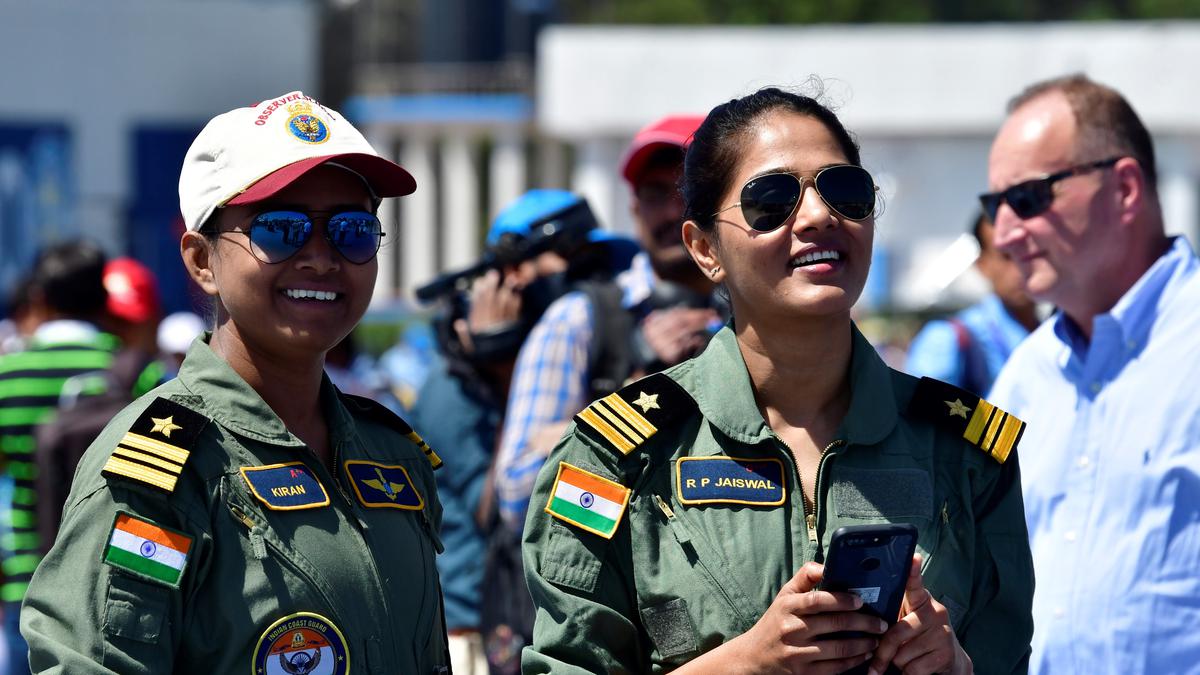

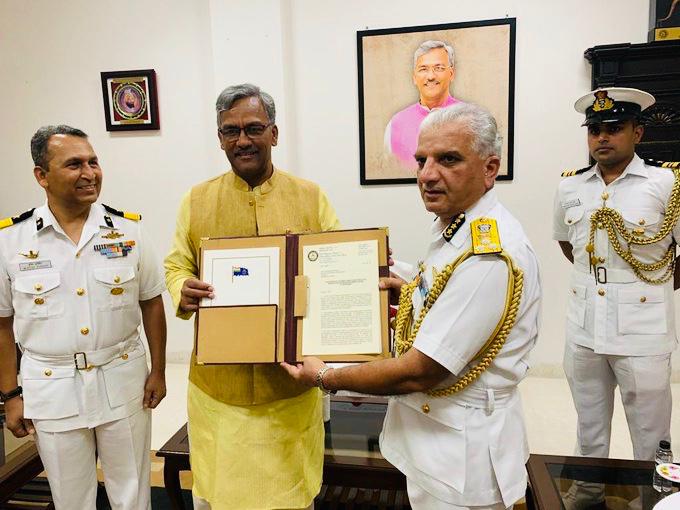
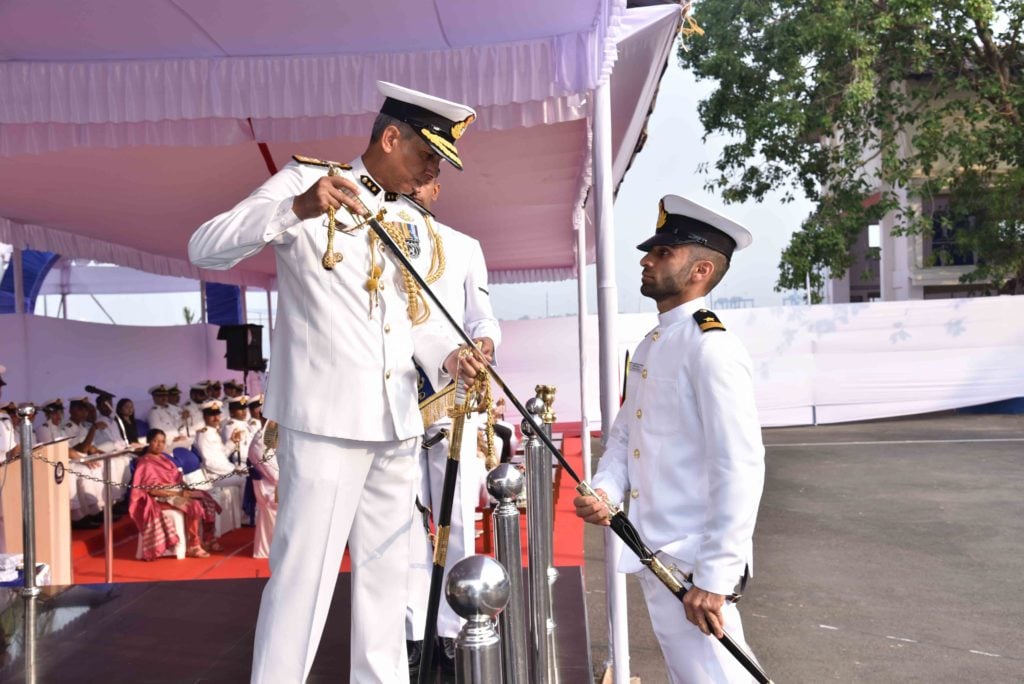
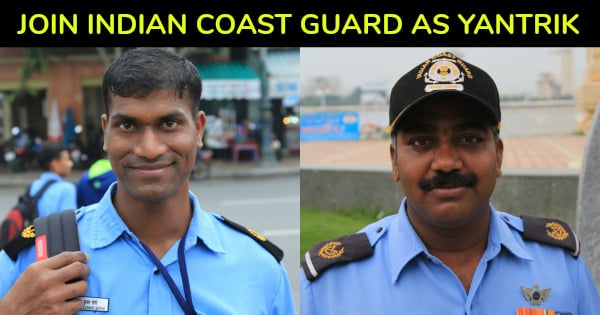
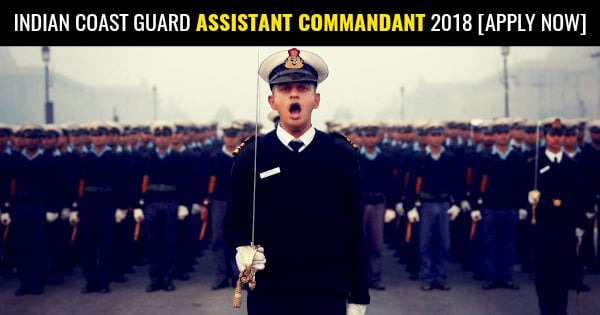

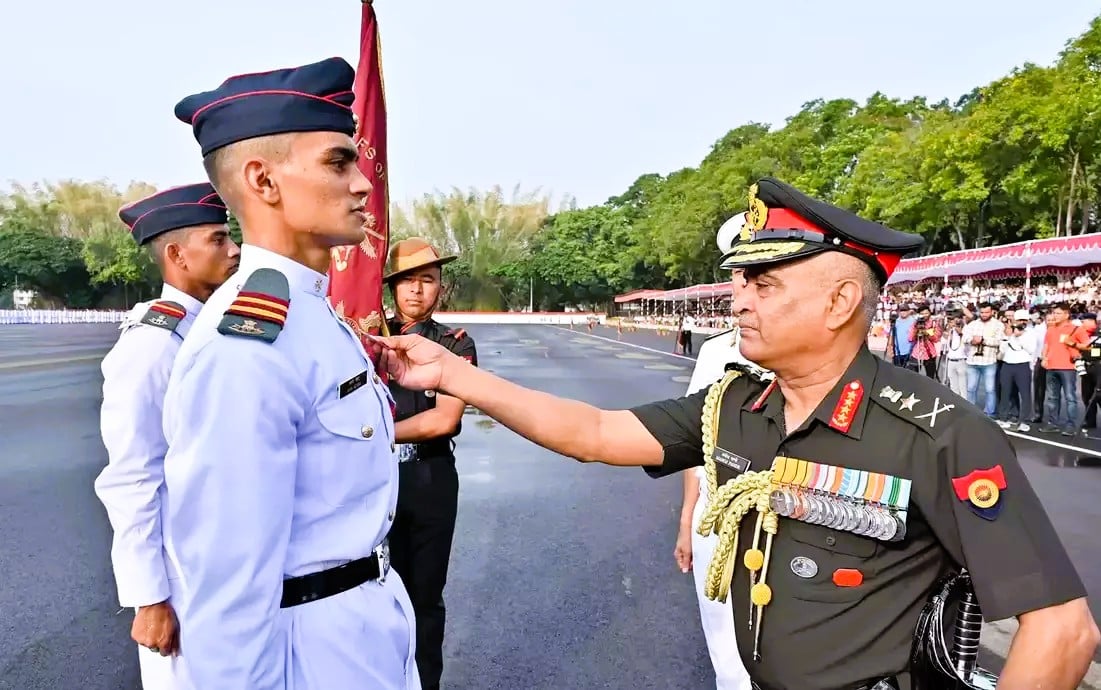
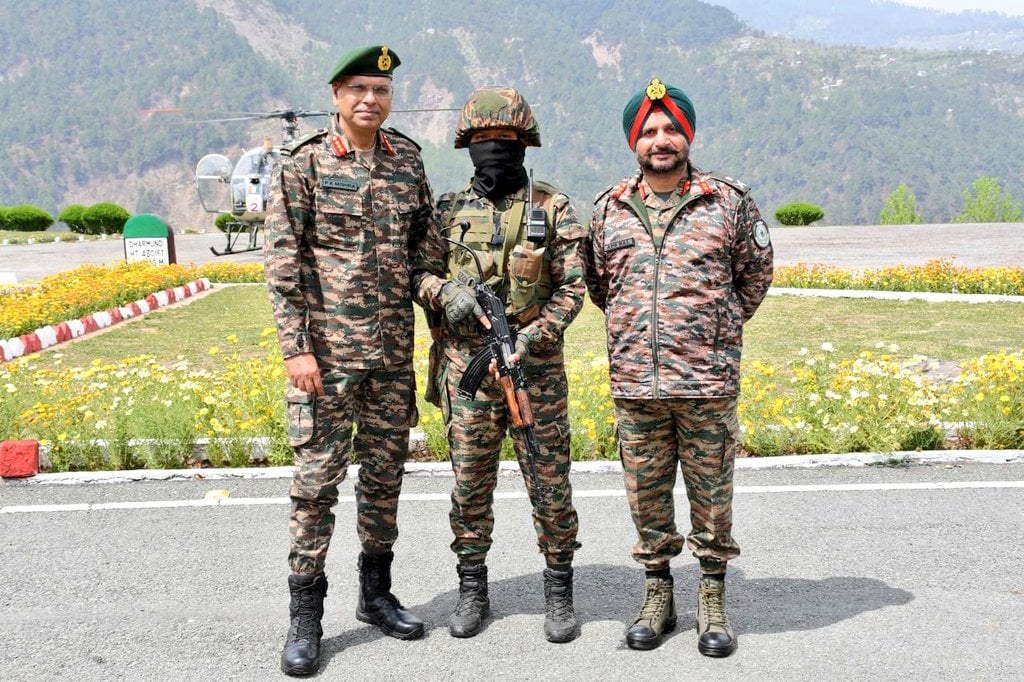
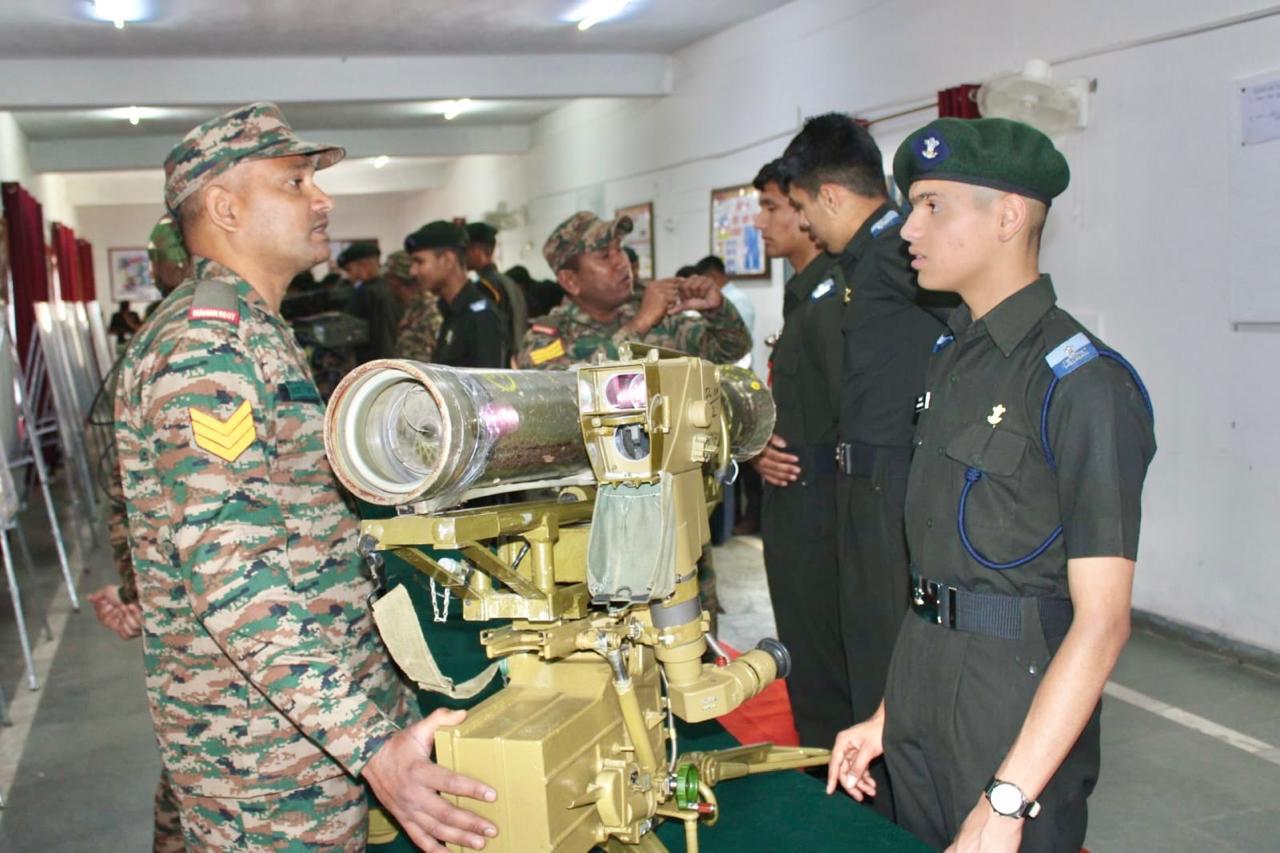
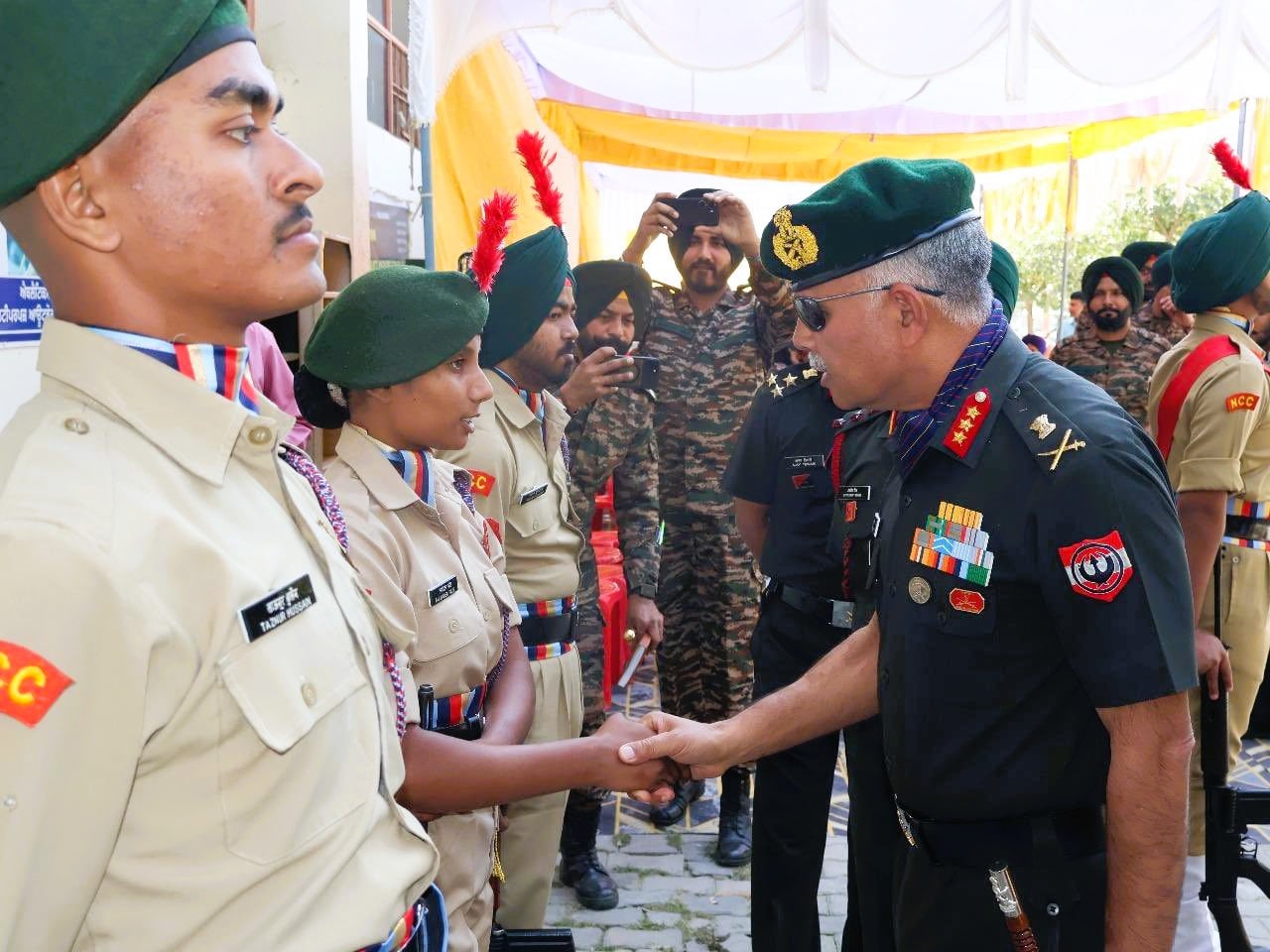
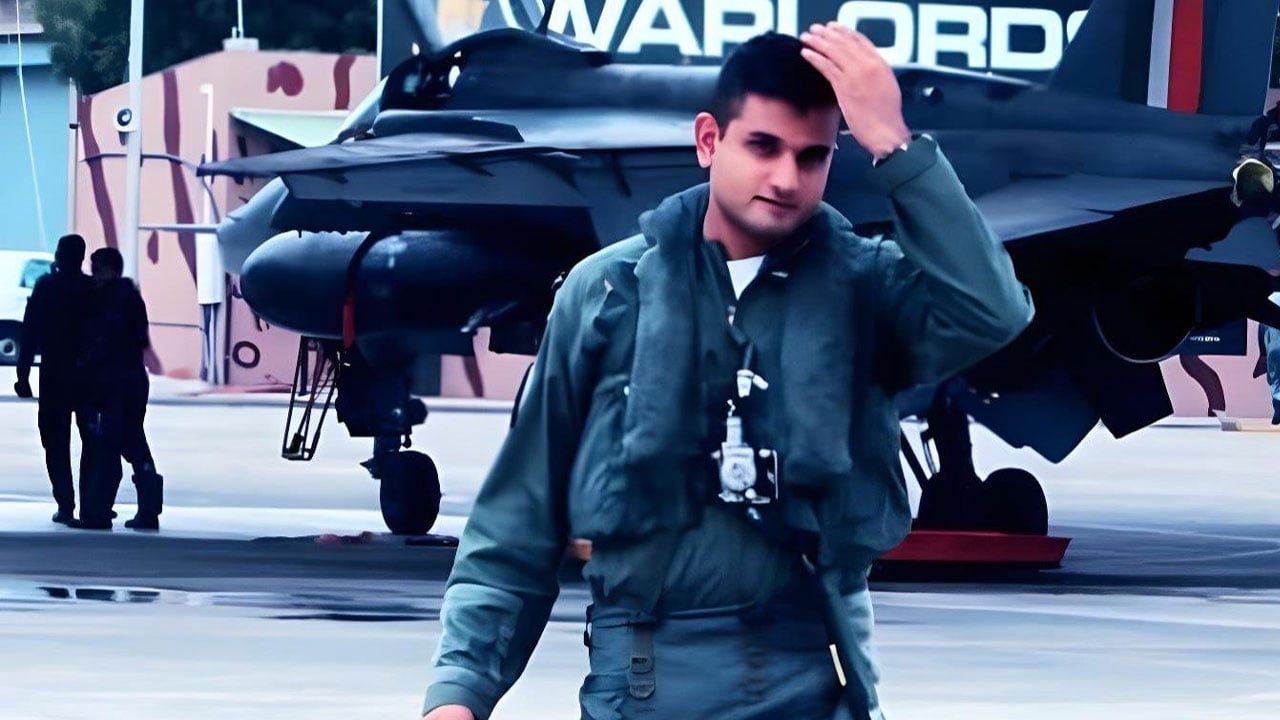
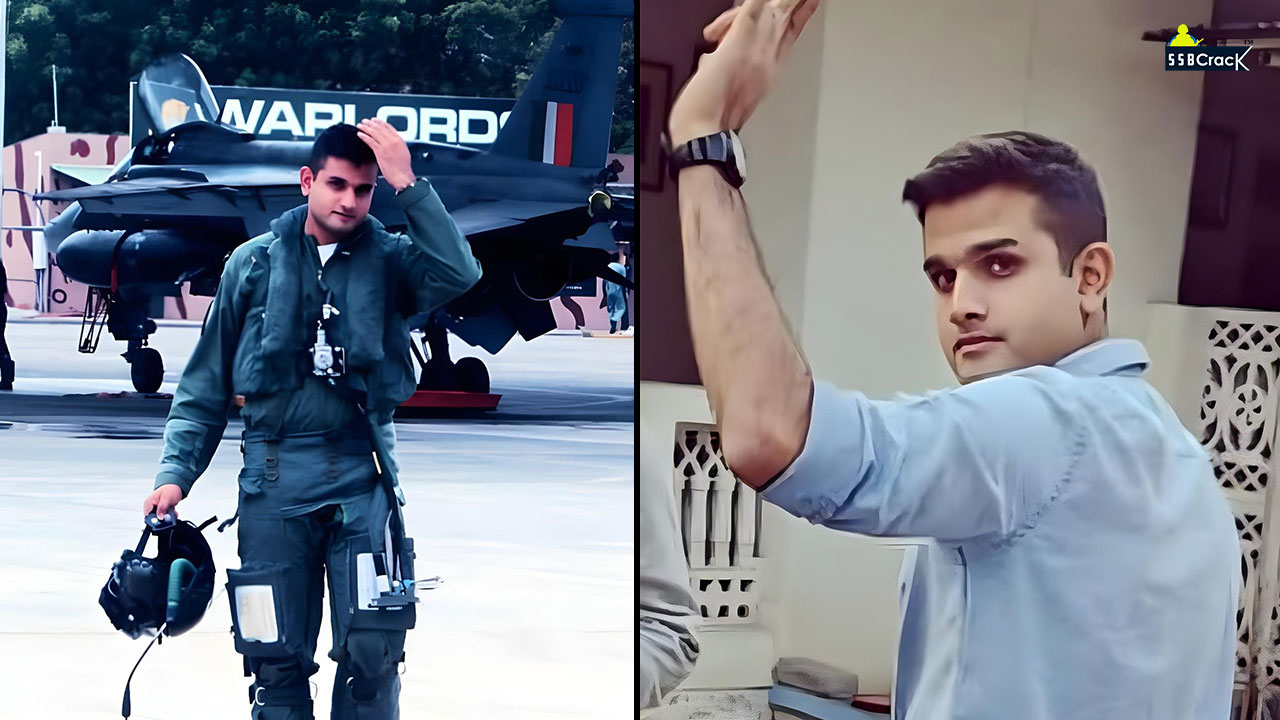
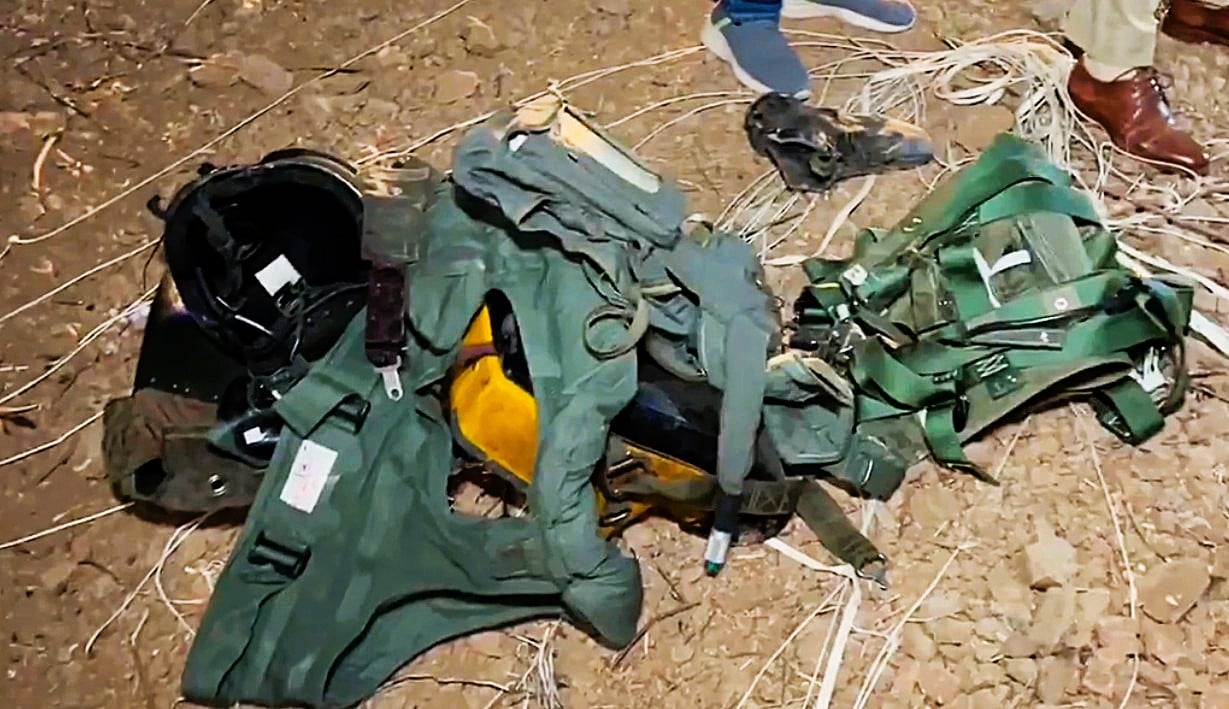
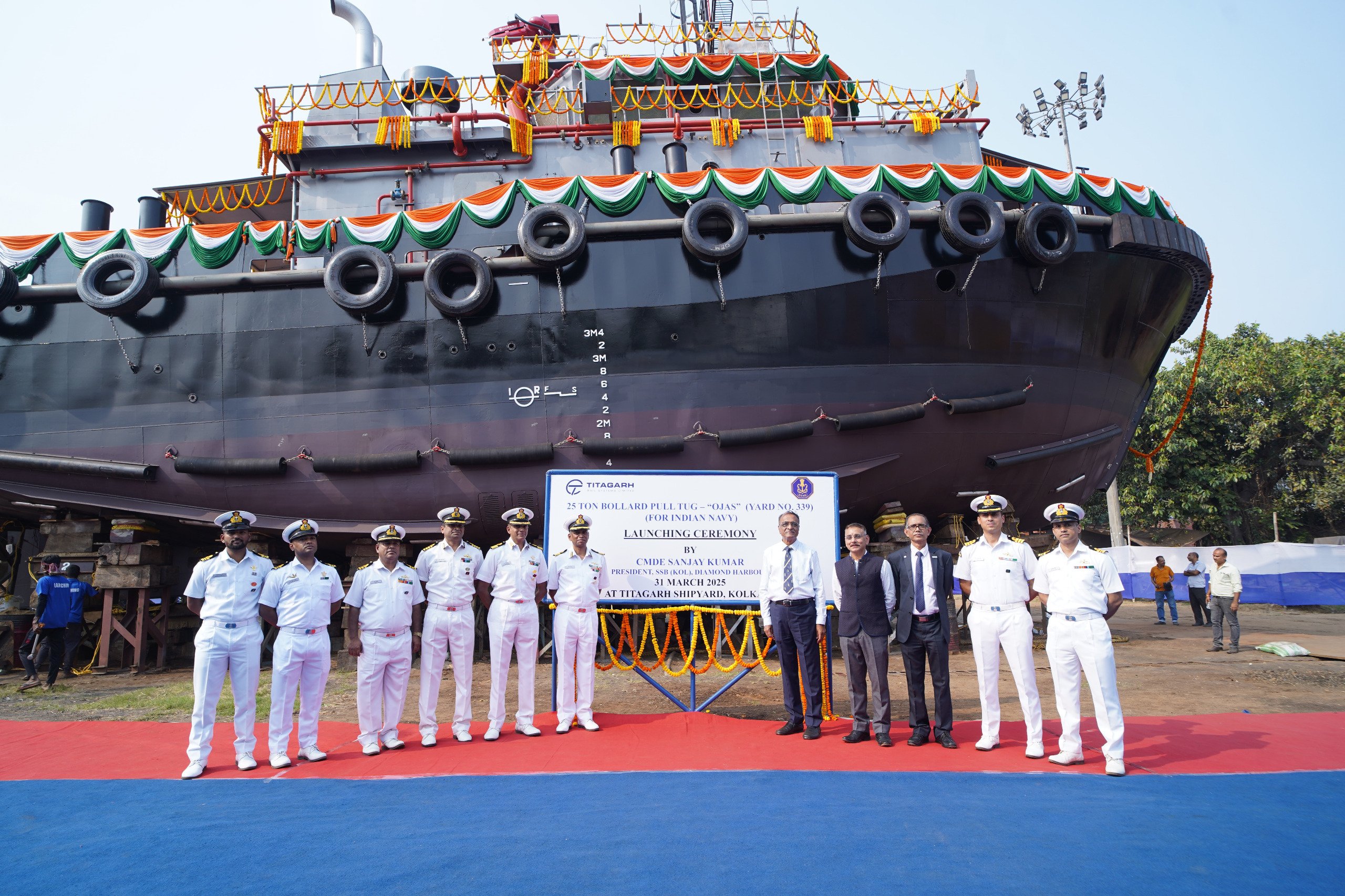

sir,
i have entered total credit points instead of gpa in the online form by mistake will i be selected for PSB ?